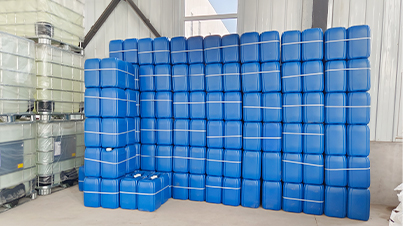poly aluminum chloride pac
Understanding Poly Aluminum Chloride (PAC) A Comprehensive Overview
Poly Aluminum Chloride (PAC) is an inorganic polymer that has gained significant attention in water treatment processes due to its effectiveness as a coagulant. As a highly efficient flocculating agent, PAC is widely used in various industries, including municipal water treatment, wastewater treatment, and even in the paper and textile industries. Its chemical composition, properties, and applications make it a valuable substance for ensuring clean and safe water.
Chemical Composition and Properties
Poly Aluminum Chloride is a compound made from aluminum, chlorine, and oxygen. It typically exists as a white or yellowish powder that is soluble in water. The basic formula of PAC can vary, but it generally maintains a high content of aluminum oxide (Al2O3) along with a lower chloride concentration compared to traditional aluminum salts like aluminum sulfate. The molecular structure of PAC enables it to form larger flocs, which are essential for the efficient removal of suspended particles from water.
One of the key properties of PAC is its ability to work effectively over a wide pH range. This versatility makes it suitable for various water qualities, including both acidic and alkaline conditions. Furthermore, PAC operates equally well in low turbidity water and in more challenging conditions with higher levels of organic matter.
Applications in Water Treatment
poly aluminum chloride pac

The primary application of PAC lies in water treatment. In municipal water treatment facilities, PAC is used to clarify water by removing sediment, bacteria, and other contaminants. When added to water, PAC neutralizes the charges on suspended particles, allowing them to aggregate into larger clumps or flocs. This process facilitates easier removal during sedimentation and filtration, resulting in clearer and cleaner water.
In wastewater treatment, PAC is particularly beneficial in the removal of contaminants such as heavy metals and phosphates. Its superior performance in low concentrations means that less chemical is required to achieve effective results, making it a cost-effective solution. Additionally, the use of PAC in wastewater treatment can reduce the sludge volume, further optimizing the treatment process.
Advantages Over Traditional Coagulants
PAC offers several advantages over traditional coagulants like aluminum sulfate. Firstly, PAC requires lower dosages to achieve the same or better results. This reduces chemical costs and minimizes the environmental impact associated with excess coagulant residuals. Secondly, PAC produces less sludge, which not only lowers disposal costs but also enhances the overall efficiency of the treatment process. Furthermore, the optimized performance of PAC helps in achieving more sustainable water treatment solutions.
Conclusion
In conclusion, Poly Aluminum Chloride (PAC) is a highly effective and versatile coagulant that plays a crucial role in water treatment processes across various industries. Its unique chemical properties allow it to excel in a wide range of conditions, making it an essential choice for municipal and industrial applications. As the demand for clean water continues to grow, the importance of effective treatment agents like PAC cannot be overstated, ensuring that we maintain safe and potable water supplies for communities around the world. Understanding and leveraging the capabilities of PAC will be key to advancing water treatment technologies and addressing future water quality challenges.
-
Water Treatment with Flocculant Water TreatmentNewsJun.12,2025
-
Polymaleic AnhydrideNewsJun.12,2025
-
Polyaspartic AcidNewsJun.12,2025
-
Enhance Industrial Processes with IsothiazolinonesNewsJun.12,2025
-
Enhance Industrial Processes with PBTCA SolutionsNewsJun.12,2025
-
Dodecyldimethylbenzylammonium Chloride SolutionsNewsJun.12,2025





